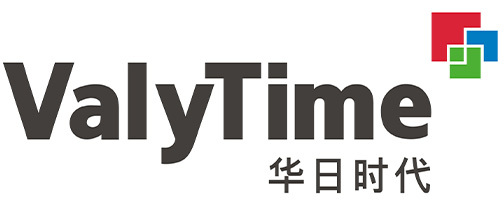Linear LED lighting and contour lighting: What's the difference?
Linear LED lighting and contour lighting are both common light sources in modern lighting. They have different characteristics in terms of appearance, function and usage scenarios. Although there are some similarities between the two, there are still significant differences in essence. Understanding these differences can not only help designers make more precise lighting choices based on space requirements, but also help ordinary consumers make more reasonable purchasing decisions.
This article will explore in detail the main differences between linear LED lighting and contour lighting, including their definitions, working principles, main application scenarios, design features, advantages and disadvantages, and their role in lighting design.
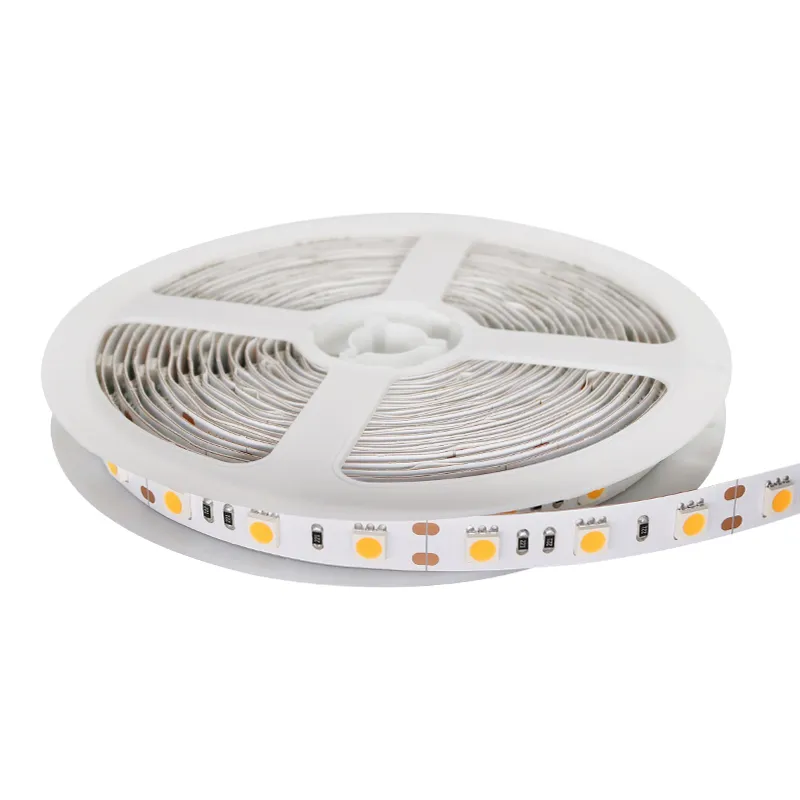
What does linear LED lighting mean?
Linear LED lighting is a lamp that uses LED light sources, usually in strip or linear shape, and is widely used in various lighting designs indoors and outdoors. Due to its advantages such as high efficiency, energy saving and long life, linear LED lighting has become an indispensable part of modern architecture and home design. Linear LED lamps usually consist of multiple LED chips, which are arranged in a long strip of lamps, and provide uniform light distribution through lenses or diffusers.
1.1 Application scenarios of linear LED lighting
Linear LED lighting is suitable for a variety of application scenarios due to its unique appearance and high efficiency, including:
·Ceiling and wall lighting: Linear LED lamps are often used for decorative lighting of ceilings and walls, providing uniform light and highlighting the layering of space.
·Workspace: For example, office areas, kitchens, study rooms, etc., these places require high-brightness and uniformly distributed lighting, and the high efficiency and uniform light distribution of linear LED lamps meet these needs.
·Commercial lighting: In places such as retail, display, corridor and aisle lighting, linear LED lamps have become a popular lighting choice with their modern appearance and high light efficiency.
·Outdoor lighting: In places such as landscape design, courtyards, gardens, and sports fields, linear LED lights are also widely used due to their weather resistance and high brightness.
1.2 Advantages and disadvantages of linear LED lighting
Advantages:
·Energy-saving and high efficiency: Linear LED lamps have extremely high light efficiency and can provide sufficient light while consuming less electricity.
·Long life: LED technology has a service life of up to tens of thousands of hours, far exceeding the service life of traditional light sources.
· Uniform light effect: Linear LED lights can provide uniform light, reducing the uneven brightness problem common in traditional lighting.
· Flexible installation: Linear LED lights are available in various lengths, shapes and configurations, and can be customized as needed to adapt to different installation spaces.
Disadvantages:
· Professional installation is required: Linear LED lights usually require professional installation, especially the installation of long strip lamps requires high technical requirements.
· Higher cost: Compared with traditional fluorescent or incandescent lamps, linear LED lamps have a higher initial cost.
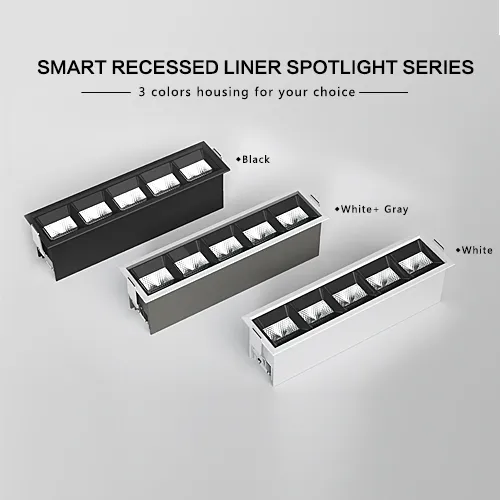
What does contour lighting mean?
Contour lighting usually refers to lighting along the contour or edge of an object through a specific lamp (such as an LED light strip), with the purpose of emphasizing the shape and edge contour of the object, and is usually used for decorative lighting. Contour lighting plays an important role in modern interior design, especially in some scenes that require strong visual effects and soft atmosphere. The biggest feature of contour lighting is its "edge lighting" effect, which can create a strong visual focus in the space by emphasizing the shape and lines of the object.
2.1 Application scenarios of contour lighting
The application scenarios of contour lighting usually pay more attention to decorative effects. Common applications include:
· Decorative lighting: For example, in home design, contour lighting is often used for the installation of light strips and light bars, which increases the visual effect of the space by emphasizing the outline of the space, the edges of furniture or the lines of the wall.
· Building exterior lighting: In locations such as the exterior walls, columns or windows of a building, contour lighting can highlight the shape of the building and enhance its three-dimensional sense.
· Stage and event venues: Contour lighting is also commonly used in stage design, which makes the entire stage effect more vivid and rich by highlighting the outline of the stage background and props.
· High-end commercial space: such as hotel lobbies, retail stores, etc., contour lighting can enhance the luxury and modernity of the overall design.
2.2 Advantages and disadvantages of contour lighting
Advantages:
· Enhance the sense of spatial hierarchy: Contour lighting can effectively enhance the sense of spatial hierarchy and enhance the visual effect by emphasizing the edges or shapes of objects.
· Strong decorativeness: Contour lighting often focuses on decorativeness, so it can make the space look more personalized and modern, suitable for high-end and customized space design.
·Soft lighting effect: Contour lighting usually uses low-brightness light sources, so it can provide a softer and warmer lighting effect, avoiding the stimulation of excessive direct light to the eyes.
Disadvantages:
·Weak lighting intensity: Since the main function of contour lighting is decoration rather than basic lighting, its brightness is usually weak and it is difficult to meet the needs of some functional lighting.
·High installation requirements: Contour lighting needs to be precisely arranged along the contour of the object, and has high requirements for the installation location and layout, which may require customized design and production.
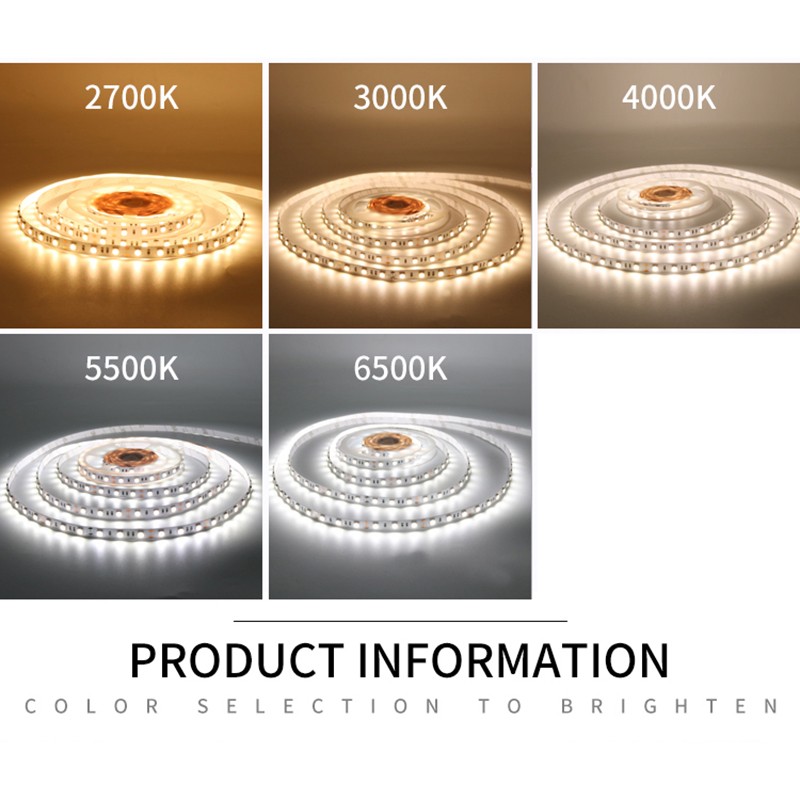
Linear LED lighting and contour lighting: What is the difference?
By deeply understanding the definitions and characteristics of linear LED lighting and contour lighting, we can clearly understand the difference between them:
3.1 Function and use
Linear LED lighting is mainly used to provide uniform basic lighting, which is suitable for general lighting of large areas. Its main purpose is to provide sufficient brightness and light effect, which is suitable for workspaces, commercial lighting and other places that require high lighting intensity.
Contour lighting is more used for decorative lighting, which enhances the visual effect of the space by emphasizing the edges or contours of objects, and is suitable for stage, architecture, interior design and other occasions. Contour lighting has a lower brightness and focuses more on visual beauty and atmosphere creation.
3.2 Light efficiency and brightness
Linear LED lighting has a higher brightness and is suitable for areas that require higher light, especially in offices, kitchens, garages, etc., which require sufficient brightness to meet work needs.
Contour lighting usually has softer light and lower brightness. It is mainly used to provide auxiliary light sources and decorative effects, rather than to provide main lighting.
3.3 Installation method and design flexibility
The installation of linear LED lighting usually requires simpler requirements, is suitable for the installation of long strips of lamps, and can provide uniform light. Its design flexibility is high and can meet the lighting needs of a large range of spaces.
The installation of contour lighting is more flexible and can be customized according to the needs of the space. LED light strips are usually used to arrange along the contours of objects, and the design pays more attention to details and decorative effects.
3.4 Cost and application
Linear LED lighting is generally more expensive, especially in the case of high light efficiency and long life. It is suitable for large-area lighting applications and is commonly found in offices, commercial spaces, etc.
Contour lighting is relatively low in cost and is mainly used for decorative lighting in environments that do not require excessive brightness. Its installation and design are more flexible and suitable for some personalized and customized spaces.
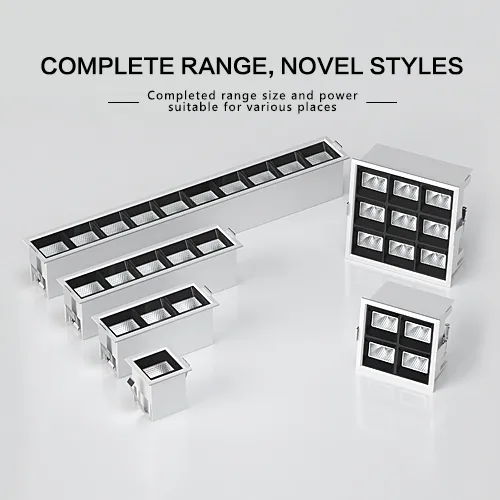
What types of LED lighting products does your factory manufacture?
Huari Lighting Co., Ltd is a well-established LED lighting manufacturer in China with a production base covering 92,000 square meters. Our company offers a wide selection of high-quality LED lighting products. Our product portfolio includes LED downlights, ceiling lights, linear lights, panel lights, track lights, wall lights, cabinet lights, and more.
We also supply various LED lamps such as LED bulbs, GU10/MR16, and PAR lamps. As a trusted China supplier, we support wholesale and OEM/ODM services with competitive prices for global distributors and retailers.
